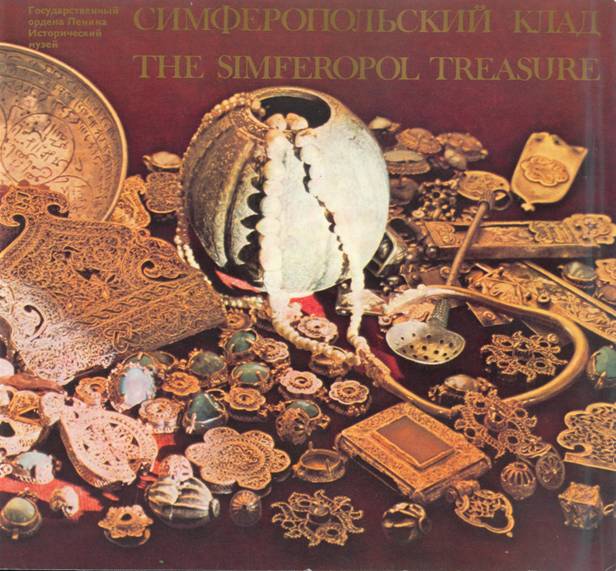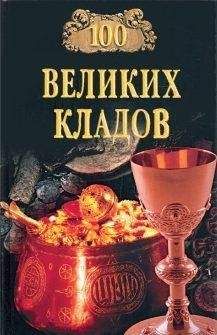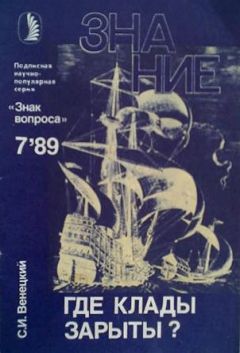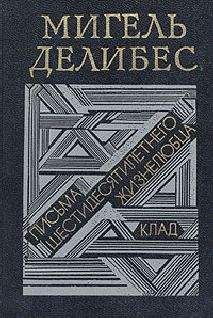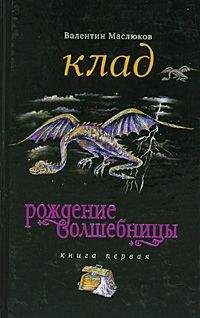boxЗолотой футляр с яшмой и сердоликом для молитвенных текстовGold case with jasper and cornelian for prayer-textsЗолотые серьги с жемчужиной и шпинельюGold earrings with a pearl and a spinelДетали золотого поясного набора с сердоликамиDetails of the golden belt, ornamented with cornelianЗолотая привескаGolden pendantОборотная сторона золотой привескиReverse side of the pendantЗолотой с чернью и гравированными изображениями поясной наборGolden belt set with niello-work and engravingsБляшка поясного набора (увеличено)Spangle of the belt (enlarged)Сердоликовые бусы с одной изумрудной и одной хрустальной бусинамиCornelian beads with an emerald and a crystal beadСеребряный поясной набор с эмальюSilver belt set ornamented with enamelДетали нагрудного украшенияDetails of chest ornamentЗолотые сканые с зернью украшенияGold ornaments decorated with filigree and granulationЗолотые монетовидные привескиGolden pendants of coin-shaped disks
Золотые динары индийских султанов
Golden dinars of Indian sultans
The custom to hide valuables - various decorations, coins, vessels of precious metals and other objects, is rooted in the hoary past and was widespread. These treasures were concealed underground, in walls, stoves, etc. Before hiding their riches the owners placed them in clay or metal vessels, wrapped them in fabrics or birch bark. Most often such treasures are found during earth-moving and construction work, or archeological excavations.
The contents of treasures are of much interest for the study of the economic and cultural ties of peoples, the development of handicrafts, art, etc. They are kept and studied at museums in our country.
Numerous treasures found on the territory of the USSR and belonging to various periods in the history of society, starting with the epoch of the bronze, are kept at the Order of Lenin State History Museum. Some of these treasures are on display in the museum's halls.
Most of the treasures of Eastern Europe date to the period of the establishment of states (9th-10th centuries) and to the period of feudal division (11th-13th centuries). Owners of the property feared to lose their wealth during raids by nomads (Pechenegs, Polovtsi, Tatar-Mongols) who pillaged Russian lands, or uprisings of townspeople and peasants against feudal lords, and also during wars among feudal princes. That is the reason why most of the treasures were hidden in those epochs.
In 1967 the museum's archeological department was enriched by an interesting treasure that was discovered near Simferopol. The treasure consisted of various gold and silver decorations with inserts of gems and pearls, gold coins and pendants of gold disks imitating coins, silver paitsa and vessels, cornelian beads and many other objects. There were 328 items in the treasure, the silver and gold weighing 2 kilogrammes 584 grammes.
Gold dinars of Indian sultans in the treasure minted in Delhi in the first half of the 14th century and a dinar minted in 1298-1299, gold pendants of coin-shaped disks imitating North African coins of the early 14th century and jewellery dating to the second half of the 14th century and early 15th century give reason to suppose that this rich treasure was concealed not earlier than the beginning of the 15th century.
That was the time of decline of the once powerful state of the Golden Horde which had existed for more than 200 years - from the 1240s till its final collapse in the 1480s. The Tatar-Mongol state, formed by the seizure of foreign lands, occupied a huge territory populated by many nations at different stages of their social and cultural development. The state stretched from the Danube in the west to the Irtysh in the east. In the south-east it included the lands of the northern Khoresm with the town of Urgench and the lower reaches of the Syrdarya, in the north - lands of the Volga-Kama Bulgaria, in the south - the North Caucasus and the Crimea. Russian princedoms, too, were in vassal dependence on the Golden Horde.
The Crimean peninsula played an important role in the development of the Golden Horde's economy and culture. Trade routes linking the Golden Horde with Western Europe, Asia Minor and Egypt passed through it. The stream of goods went through the Crimea to the lower reaches of the Volga, to big Golden Horde towns, and from there to Central Asia, Iran and China.
Soon after the Tatars conquered the Crimea the plains, that take up the greater part of the peninsula, was turned by them into a grazeland. The Crimean steppes served as pastures also in wintertime. With the onset of cold weather herds were usually driven here from the northern steppes stretching along the coast of the Black Sea.
Gradually the Tatars established themselves also in the Crimean mountains and foot-hills. These lands became their hereditary possessions since the 14th century. A number of families of Tatar nobility which had great influence in the Crimea had particularly lost domains. In their farms the Tatar feudals used the labour of the local population and of prisoners of war turned into slaves.
There were numerous villages and towns along the Crimean coast with its orchards, vineyards and other plantations. Many of the towns had convenient harbours and engaged in trade as intermediaries. Ethnically these towns had a very motley population including Alans, Greeks, Armenians, Polovtsi, Russians, Bulgarians, Hungarians, and other peoples.
Long before the Tatar invasion of the Crimea Italians (from Venice and Genoa) began to appear on the Black Sea coast of the Crimea trying to seize control over the trade between the West and the East. The Italians were particularly numerous there in the second half of the 13th century when Byzantium granted them the right of unimpeded passage through the straits. Soon Italian towns-colonies cropped up and intensively developed on the Crimean and Caucasian coasts of the Black and Azov seas, often springing up on the site of already existing settlements. Kafa (Feodosia), Soldaya (Surozh, Sudak), Chembalo› (Balaklava), Tana (Azak, Azov) and others became major Italian towns late in the 13th and in the 14th centuries. The biggest of them were Kafa and Tana which were a kind of storages for goods streaming in from various countries. The slave trade achieved large scope in these towns.
The Tatars often raided the rich
